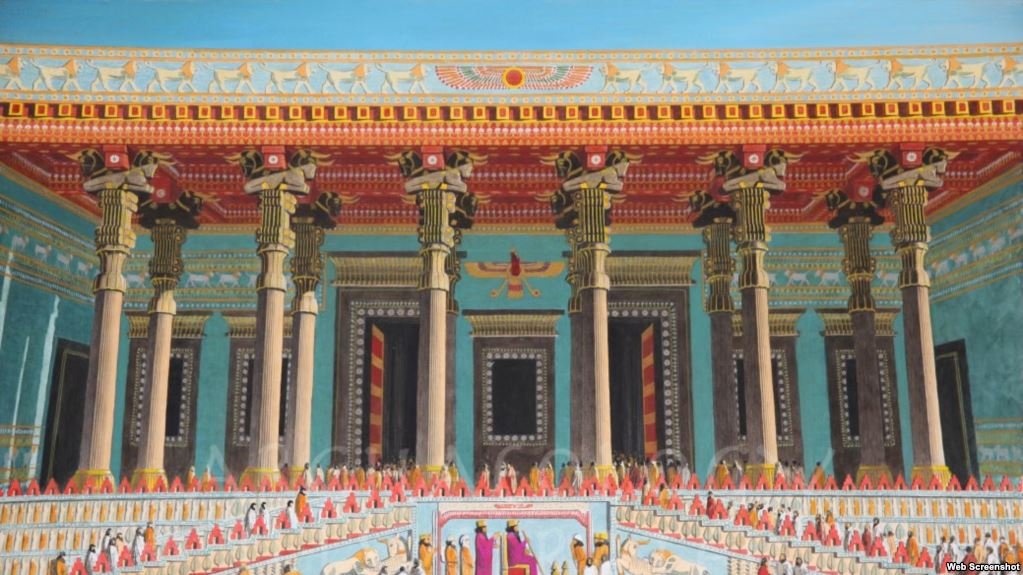Ancient Persian Ruins Discovered In Turkey Come As A Big Surprise
Recent excavations by Turkish archeologists near the northern Anatolian city of Amasya have unveiled the remains of a 2,500-year-old Persian Achaemenid palace, a reception hall, a throne chamber, and a fire temple, Turkish media has reported.
“We were not expecting to see this big surprise,” Professor Şevket Donmez of the University of Istanbul Archaeological Faculty told the Anadolu News Agency.
“We were just hoping to uncover some regular Iron Age items. This is, however, probably the second most important cultural discovery in Anatolia, the first being the Goktepe Mound ruins of the first human civilizations dating 12,000 years back.”
Most of today’s Anatolia, or the Asian part of Turkey, was conquered by the Achaemenid Emperor Cyrus in 500 BC and remained part of the Achaemenid dominion until Alexander the Great conquered it 200 years later.

Donmez is leading a team of 37 academics, archeologists, and students carefully digging the Oluz Mound, just a few miles away from the center of the Amasya province.
“The excavation works started a few months ago, resulting in many findings such as a path, six columns that were probably part of a reception hall, and a fire temple,” Donmez said. According to the scholar, the fire temple may have been the site of an “Eternal Fire” that would have been kept burning for at least 200 years.
In the Zoroastrian faith, the religion of the ancient Persians, fire was considered sacred, and the “mobads,” or Zoroastrian priests, maintained temples where a flame was kept constantly lit.
Donmez said excavations will continue until they put together the “bits and pieces” of what seems to be a “considerable old Persian town” in ancient Anatolia.
“We still have no written text from or about [this old Persian town resting below] the Oluz Mound,” Donmez said. “But [ancient Greek historian] Herodotus had suggested a city in this part of Anatolia which he called ‘Critalis.’ Oluz Mound could potentially be that old Persian town.”
The period of Persian rule over Anatolia left dozens of architectural traces such as the cuneiform inscription of Xerxes, another Achaemenid king, near Van in eastern Turkey, and the Achaemenid style mausoleum in the Aegean part of western Turkey.




